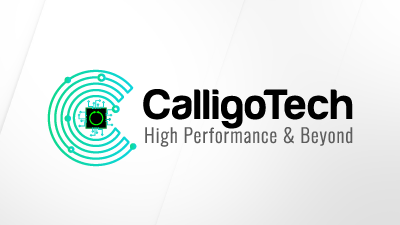Cloud native EDA tools & pre-optimized hardware platforms
Overview
Synaptics, headquartered in San Jose, California, is a leading innovator in display connectivity technology. Known for its DisplayLink solutions, Synaptics enables seamless connections between any display and any computer using USB or Wi-Fi. The company's latest product, the DisplayLink DL-7400, is a universal display dock-on-a-chip that supports ultra-high resolutions and refresh rates, making it a pivotal tool in various corporate, home, and embedded applications.
Challenges
- Meeting Higher Performance Demands: The DL-7400 required higher processing power to support 4K @ 144 Hz with four simultaneous display outputs.
- Preserving Existing Software Investments: The DL-7400's software was uniquely complex and had significant investment behind it, necessitating minimal changes during the upgrade.
- Implementation Constraints: The new processor had to fit the physical area, pins, and power distribution of the HS38 to avoid integration issues.
Solution
To overcome these challenges, Synaptics leveraged Synopsys' advanced tools: QuickStart Implementation Kit (QIK), Fusion Compiler™, and DSO.ai™.
- Synopsys QIK: This comprehensive solution provided best-in-class IPs, libraries, tools, and methodologies. It offered a fully worked example that met Quality of Results (QoR) targets and included scripts for implementation, ECO, signoff, formal verification, core configuration, and constraints.
- Fusion Compiler™: Facilitated physical design and implementation, ensuring the new processor fit the existing footprint and met performance requirements.
- DSO.ai™: Utilized AI to explore multiple design spaces autonomously, optimizing Power, Performance, and Area (PPA) metrics. The "warm start" technique allowed the AI engine to apply learnings from initial design optimization, significantly reducing compute resources and turn-around time.
Results
The implementation of Synopsys' solution yielded impressive results for Synaptics:
- Memory Bandwidth: Achieved a 2.5X gain, enhancing data processing capabilities.
- Compression Speed: Improved by over 1.25X, while decompression speed increased by 1.12X.
- Performance: Saw a 50% better performance in executing the same number of instructions and an average of 48% better performance on silicon.
- Timing Violations: Reduced WNS by 23%, TNS by 61%, and Hold TNS by 92%.
- Power Efficiency: Total power consumption improved by 2.2%, and leakage power was reduced by 19.6%.
By leveraging AI-driven optimization from Synopsys Fusion Compiler and DSO.ai, Synaptics significantly reduced design turn-around time, improved power consumption, and minimized timing requirement violations. This successful migration showcases how existing designs can be effectively transitioned to more advanced processors, meeting the increasing demands of high-performance computing.









